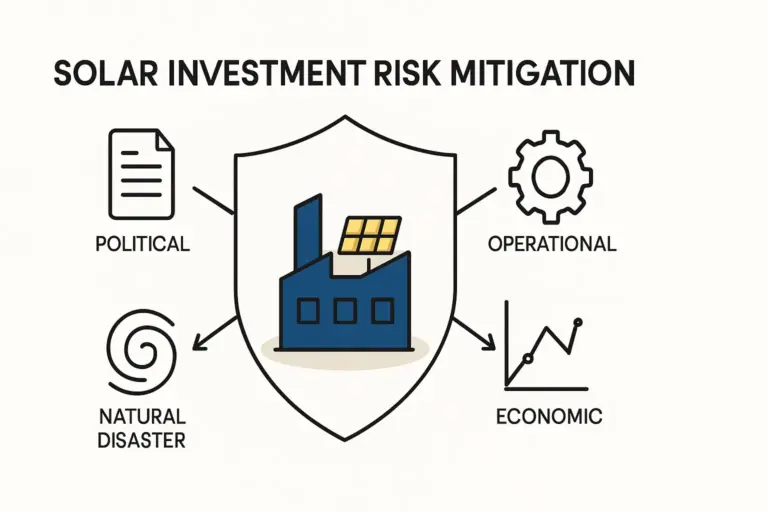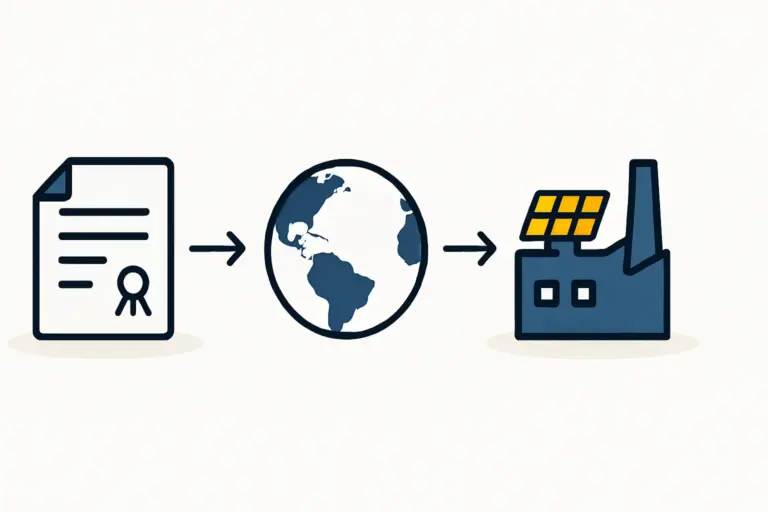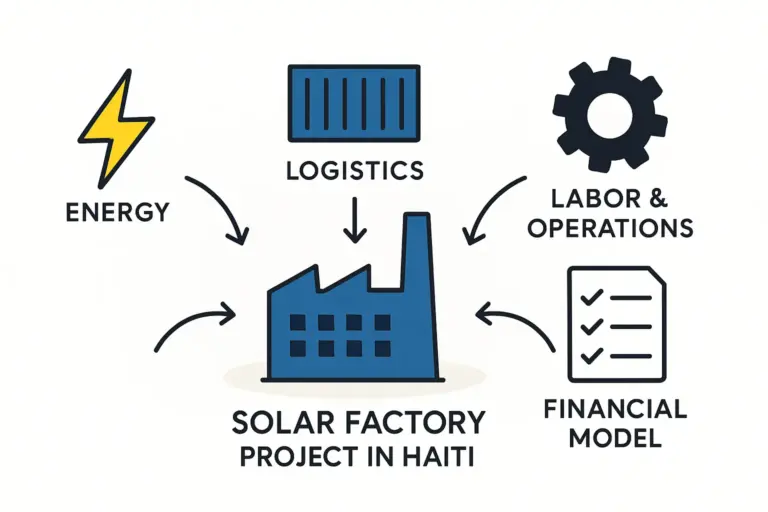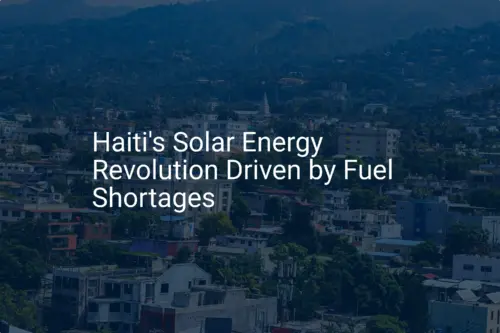While many new solar manufacturing ventures focus on serving local markets, a significant competitive advantage often lies in strategic export positioning. For entrepreneurs exploring opportunities in the Caribbean, Haiti presents a unique and frequently overlooked gateway to two major economic zones: the United States and the CARICOM trading bloc.
This strategic position stems not just from its geography but from powerful trade agreements that offer a distinct financial edge. This article explores the business case for establishing a solar module assembly facility in Haiti for export, examining the key trade incentives, the operational requirements to qualify, and the practical considerations for an investor.
The Strategic Advantage of Geographic and Legislative Positioning
Haiti’s location offers clear logistical benefits. Its proximity to the United States translates to shorter shipping times and lower freight costs compared to suppliers in Asia. As a member of the Caribbean Community (CARICOM), the country is also geographically centered within a growing regional market.
The primary advantage, however, is legislative. Specific trade programs enacted by the U.S. Congress, combined with regional trade agreements, create a framework that can make Haitian-assembled goods, including solar modules, highly competitive. Understanding this framework is the first step for any international investor looking to build a viable export model.
Understanding the Key Trade Incentives
The opportunity to export solar modules from Haiti hinges on two main sets of trade agreements, each providing preferential access to a different, substantial market.
The HOPE and HELP Acts: A Direct Path to the US Market
The Haitian Hemispheric Opportunity through Partnership Encouragement (HOPE) Act and the subsequent Haiti Economic Lift Program (HELP) Act are U.S. laws designed to support Haiti’s economic development. A core component of these acts is providing duty-free access to the U.S. market for certain goods manufactured or assembled in Haiti.
This provision is particularly relevant for solar modules. Since the United States has imposed tariffs on solar products from various countries, exporting modules from Haiti to the U.S. duty-free represents a significant cost advantage. This allows a Haitian-based factory to compete effectively on price in one of the world’s largest solar markets.
CARICOM and the Caribbean Single Market and Economy (CSME)
As a member of CARICOM, Haiti has the potential for preferential or duty-free access to other member states. This framework, governed by the Revised Treaty of Chaguaramas, aims to create a single economic space. For a solar module manufacturer, this opens up a diversified export portfolio across the Caribbean, serving markets in countries such as Jamaica, Trinidad and Tobago, and Barbados. Access to these markets is especially valuable in a region with high solar irradiation and a growing need for energy independence.
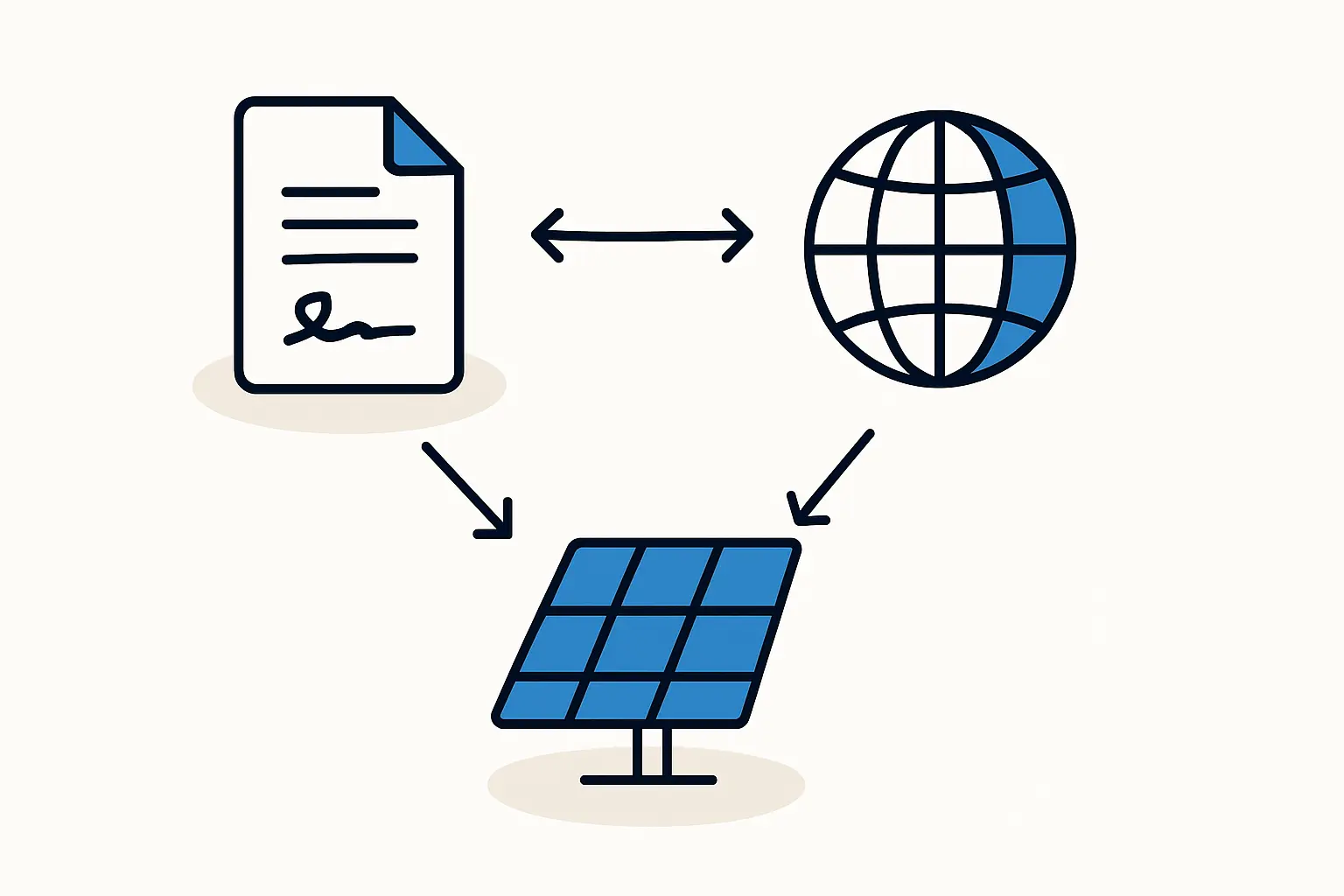
Meeting the ‘Rules of Origin’ Requirement
Duty-free access is not automatic. To qualify under programs like the HOPE/HELP Acts or CARICOM agreements, a product must meet specific ‘Rules of Origin.’ This means a significant portion of the product’s value must be created within Haiti. Simply importing and re-exporting a finished solar module will not qualify.
The core of the manufacturing operation must involve ‘substantial transformation.’ For solar modules, this means the assembly process itself must add a sufficient percentage of the final product’s value.
Breaking Down the Solar Module Value Chain
To understand value addition, it helps to first understand the main components of a solar panel. A standard module’s bill of materials includes high-value imported items, primarily solar cells, alongside other materials like tempered glass, EVA encapsulant, a backsheet, an aluminum frame, and a junction box.
The key to meeting the Rules of Origin lies in the value added during the solar module manufacturing process. This includes:
- The cost of local labor for assembly.
- The factory overhead and operational costs within Haiti.
- The value of any components sourced locally or from qualifying countries (e.g., the U.S.).
Given the high value of imported solar cells, the assembly process—including stringing, lamination, framing, and testing—must be efficient and well-documented to demonstrate that the required value-add threshold has been met.
Establishing stringent quality control and meticulous cost-tracking systems is non-negotiable for any export-oriented operation, as this documentation is essential for customs verification.

The Business Case: A Practical Assessment
An investor must weigh the benefits of these trade agreements against the practical challenges of operating in Haiti.
Cost-Benefit Analysis
- Benefits: The combination of duty-free access to US and CARICOM markets, competitive labor costs, and reduced shipping expenses to the Americas creates a powerful and sustainable competitive advantage.
- Challenges: Investors must plan for potential difficulties related to infrastructure, logistics, workforce training, and political stability. A successful business plan anticipates these factors by building in contingencies and robust operational processes to manage them.
The investment required for a solar module factory must therefore cover not only state-of-the-art machinery but also the development of a resilient supply chain and a well-trained local workforce.

Frequently Asked Questions (FAQ)
What exactly is a ‘Rule of Origin’?
A Rule of Origin is a set of criteria used to determine the national source of a product. In the context of trade agreements, it ensures that benefits like duty-free access are granted only to products that have undergone sufficient manufacturing or processing within the member country, in this case, Haiti.
Are solar cells typically manufactured in Haiti for these modules?
No. Solar cells are highly complex to manufacture and are almost always imported from specialized producers. The business model for a Haitian factory focuses on the expert assembly of these and other components into a finished, high-quality solar module. This assembly process constitutes the ‘substantial transformation’ needed to meet origin rules.
What is a typical starter factory size for an export-focused operation?
A common starting point for an export-oriented plant is a semi-automated production line with an annual capacity of 20 to 50 MW. This scale is large enough to be cost-effective and meet significant orders while being manageable for a new entrant. Such a facility typically requires around 2,000 to 3,000 square meters and can be operated with approximately 25 to 30 trained employees per shift.
How long are the HOPE/HELP Acts in effect?
The trade preference programs under the HOPE/HELP Acts have been extended by the U.S. Congress multiple times. As of now, they are authorized through September 2025. Investors should monitor U.S. trade policy for any future extensions or changes.
Next Steps in Your Exploration
Haiti offers a unique, regulation-based competitive advantage for solar module manufacturing aimed at the U.S. and Caribbean markets. This opportunity is not based on simple labor arbitrage but on a sophisticated understanding of international trade law and high-quality production.
Success requires meticulous planning, a deep understanding of the rules of origin, and a commitment to building a world-class manufacturing facility. For entrepreneurs navigating these technical and legal requirements, the best first step is to take a structured approach to understanding the fundamentals of both the technology and the business model it enables.


